Fragrant Lilac Tree
- June 22, 2023
- 0 comment
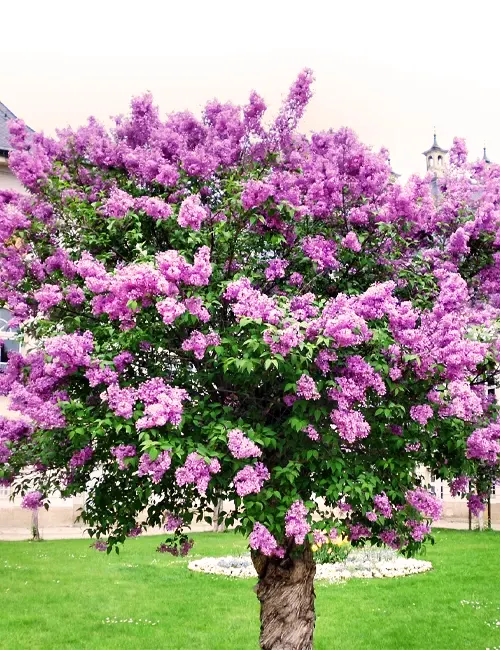
Common Name: Fragrant Lilac Tree
Botanical Name: Syringa vulgaris
Family: Oleaceae
Plant Type: Flowering shrub
The Fragrant Lilac tree, scientifically known as Syringa vulgaris, belongs to the Oleaceae family. It is a beloved flowering shrub that graces gardens with its vibrant blooms and enchanting fragrance. This article will guide you through the various aspects of the Fragrant Lilac tree, from its characteristics and care requirements to its wildlife value and fascinating origins.
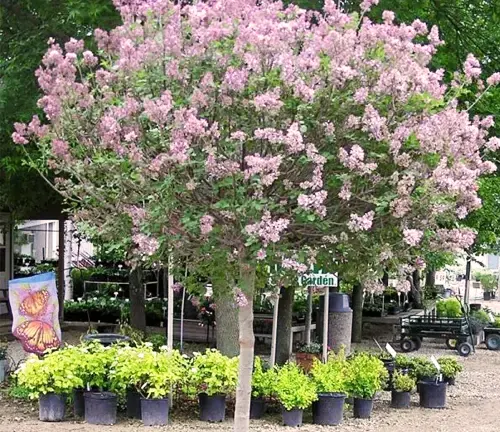
Mature Size and Growth Rate
The Fragrant Lilac tree typically reaches a height of 8 to 15 feet (2.4 to 4.6 meters) and spreads 6 to 12 feet (1.8 to 3.7 meters) in width. It has a moderate growth rate, allowing it to establish itself in your garden relatively quickly.
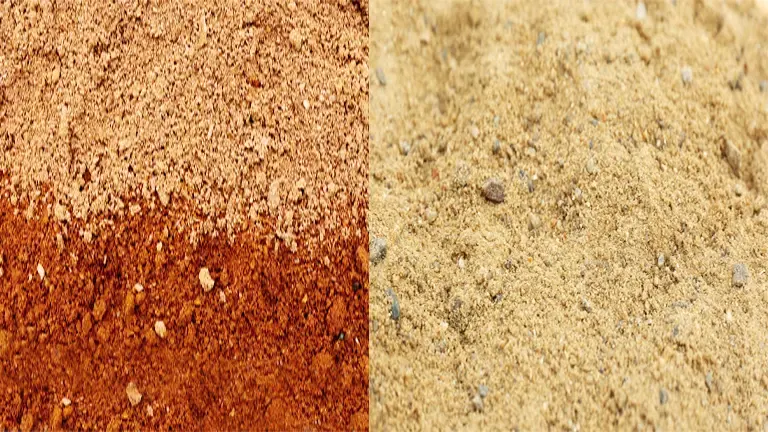
Soil Type and Preference
These trees thrive in well-drained soil with a slightly alkaline to neutral pH. They prefer loamy soil but can adapt to various soil types, including sandy or clay soil, as long as it is well-draining. Adding organic matter to the soil can improve its fertility and drainage.
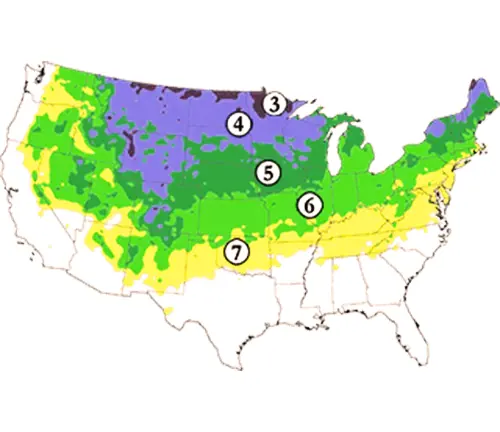
Hardiness Zones
The Fragrant Lilac tree is best suited for USDA hardiness zones 3 to 7. It can withstand cold winters and is a popular choice for gardens in temperate regions.
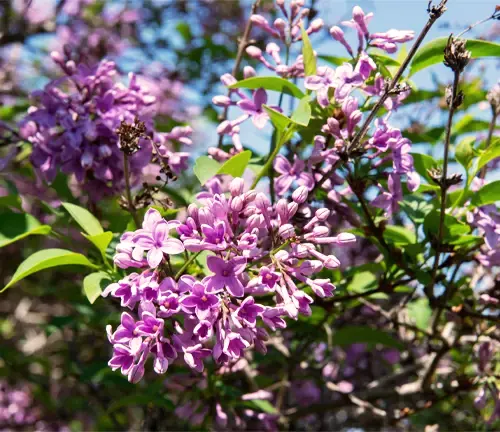
Sun Preference
To achieve the best flowering and growth, the Fragrant Lilac tree prefers full sun exposure. It needs at least six hours of direct sunlight per day to thrive. However, it can tolerate partial shade, especially in hotter climates.
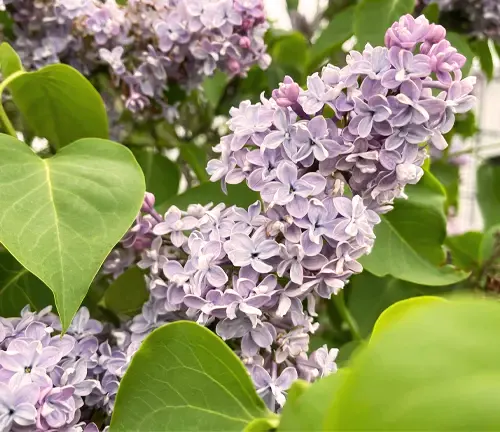
Attributes and Characteristics
One of the most remarkable features of the Fragrant Lilac tree is its stunning blooms. The flowers, which typically appear in spring, vary in color from shades of purple and lavender to white, pink, and even bi-colored varieties. Their fragrant aroma fills the air, attracting pollinators like butterflies and bees. The foliage is deciduous, with heart-shaped leaves that provide an attractive backdrop for the flowers.
Wildlife Value
The Fragrant Lilac tree has significant wildlife value. The fragrant blooms attract various pollinators, making them a favorite among bees and butterflies. Additionally, birds are known to seek shelter in the dense branches, providing them with nesting sites and protection.
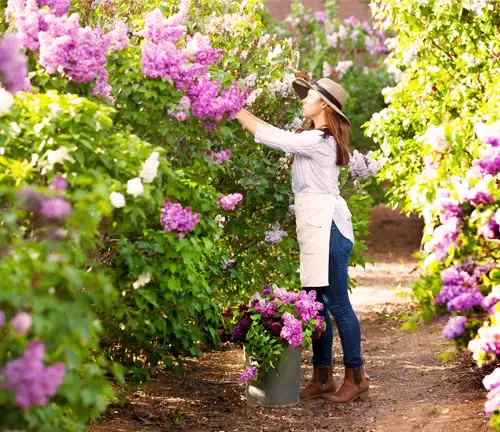
Care
Caring for the Fragrant Lilac tree involves a few key practices. Regular watering is essential during the tree’s establishment period, but it becomes more drought-tolerant once mature. Mulching around the base helps retain moisture and suppresses weed growth. Pruning should be done immediately after flowering to promote healthy growth and maintain an attractive shape. Applying a balanced fertilizer in early spring can enhance blooming.
Benefits
The Fragrant Lilac tree offers several benefits to gardeners and homeowners. Its captivating fragrance and stunning blooms create a visually appealing and aromatic atmosphere in any garden. It serves as an excellent focal point or hedge, providing privacy and beauty. The tree’s hardiness and low maintenance requirements make it suitable for both novice and experienced gardeners.
Invasive
The Fragrant Lilac tree is not considered invasive. While it can self-seed, the offspring generally do not spread aggressively and are easy to control.
Lifespan
The average lifespan of a Fragrant Lilac tree ranges from 15 to 25 years, but with proper care and favorable conditions, it can live up to 40 years.
Disadvantage
One potential drawback of the Fragrant Lilac tree is its susceptibility to powdery mildew, a common fungal disease that can affect the leaves and stems. However, selecting disease-resistant cultivars and providing adequate air circulation can mitigate this issue.

Edible or Not
While the Fragrant Lilac tree is not typically grown for its edible qualities, some gardeners and chefs use the flowers as a culinary ingredient. The blooms can be used to infuse syrups, flavor beverages, or add a delicate touch to desserts. However, caution should be exercised as excessive consumption may cause mild digestive discomfort in some individuals.
Habitat Requirements
The Fragrant Lilac tree prefers a well-drained soil environment and requires sufficient sunlight to thrive. It can adapt to various habitats, including residential gardens, parks, and public landscapes.
Name Origin
The name “Lilac” originates from the Persian word “nilak” or “neele” meaning “bluish.” It refers to the beautiful blueish-purple color of some Lilac flowers. The Fragrant Lilac tree’s botanical name, Syringa vulgaris, comes from the Greek word “syrinx,” which means “tube” or “pipe,” alluding to the hollow stems that were historically used to make musical instruments.
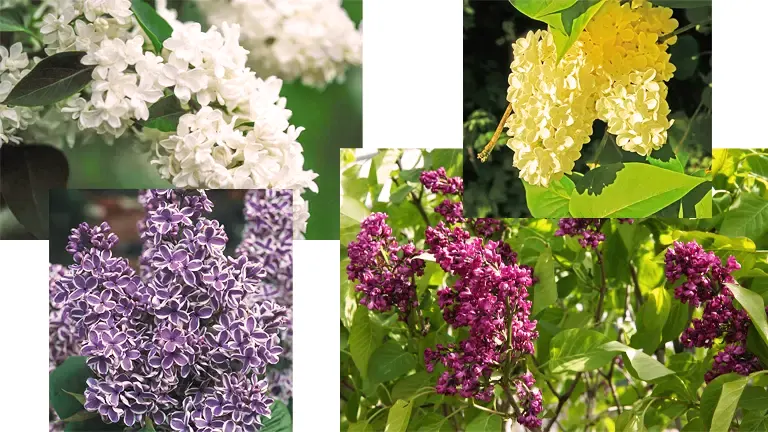
Varieties
The Fragrant Lilac tree boasts numerous cultivars with different flower colors and shapes. Some popular varieties include ‘Mme. Lemoine’ with double white flowers, ‘Charles Joly’ with deep purple blooms, ‘Sensation’ with bi-colored petals, and ‘Primrose’ with light yellow flowers.
Pruning
Pruning is an essential aspect of Fragrant Lilac tree care. To maintain its shape and encourage optimal flowering, prune the tree immediately after blooming, as the buds for the following year are formed shortly after. Remove any dead or diseased branches and thin out the interior to improve air circulation.
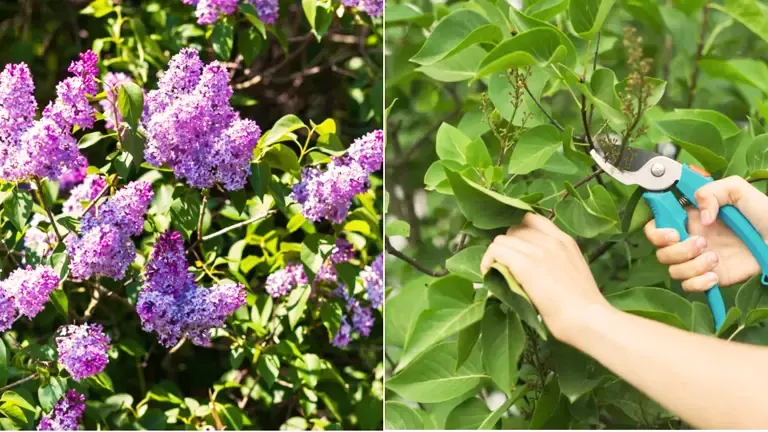
Propagating
The Fragrant Lilac tree can be propagated through various methods, including softwood or hardwood cuttings, layering, or grafting. Softwood cuttings are taken from young, green stems in early summer, while hardwood cuttings are collected during the dormant season. Layering involves bending a flexible branch to the ground, securing it in place, and allowing it to root before separating it from the parent plant. Grafting involves joining a Fragrant Lilac tree cutting onto a compatible rootstock.
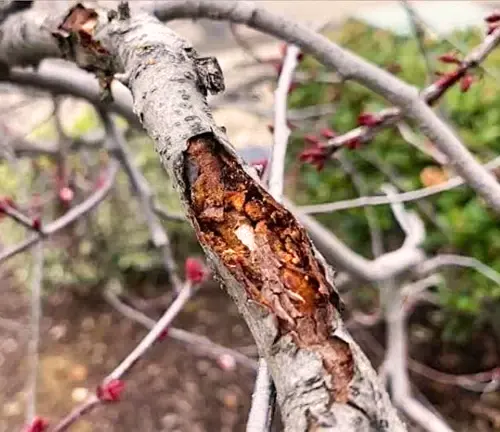
Common Pests & Diseases
The Fragrant Lilac tree can be susceptible to a few pests and diseases. Common pests include aphids, leaf miners, and borers. Diseases such as powdery mildew, bacterial blight, and leaf spots can affect the tree. Regular monitoring, providing proper air circulation, and selecting disease-resistant varieties can help prevent and manage these issues.
Fun Facts:
- The Fragrant Lilac tree is the state flower of New Hampshire, symbolizing the hardy character of its residents.
- Lilacs are a traditional gift for couples celebrating their eighth wedding anniversary.
- In the language of flowers, lilacs often represent love, purity, and youthful innocence.
- The fragrance of lilacs is said to have a calming effect and can help relieve stress and anxiety.
Frequently Asked Questions:
- Q: Can I grow a Fragrant Lilac tree in a container?
A: While it is possible to grow a Fragrant Lilac tree in a container, it may require more frequent watering and care. Consider choosing a dwarf or compact variety suitable for container gardening. - Q: How often should I water my Fragrant Lilac tree?
A: During the tree’s establishment period, it is important to keep the soil evenly moist. Once established, the Fragrant Lilac tree becomes more drought-tolerant but will benefit from occasional deep watering during dry spells. - Q: How can I extend the blooming period of my Fragrant Lilac tree?
A: To enjoy the fragrant blooms for an extended period, consider planting different Lilac cultivars with varying bloom times. This way, you can have Lilacs blooming from early to late spring. - Q: Can I use Lilac flowers for crafts or potpourri?
A: Yes, Lilac flowers can be dried and used for potpourri or incorporated into various crafts. Their delicate scent adds a lovely touch to homemade creations.
The Fragrant Lilac tree is an exquisite addition to any garden, captivating with its aromatic blooms and visually appealing presence. With proper care and attention, it can bring years of joy and beauty to your outdoor space, while attracting wildlife and creating a serene environment.


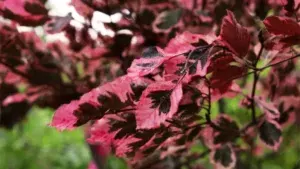
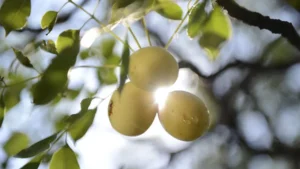
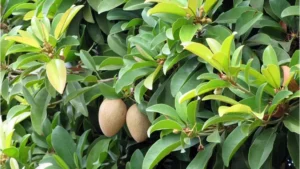
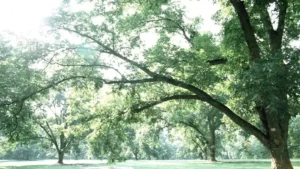
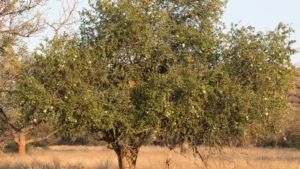

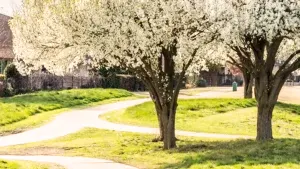


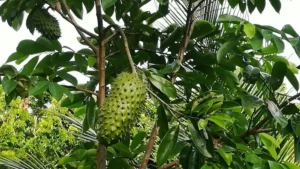
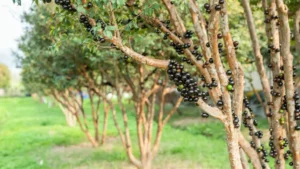
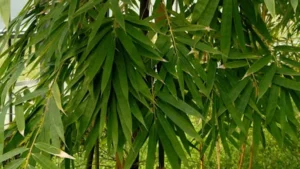
Leave your comment